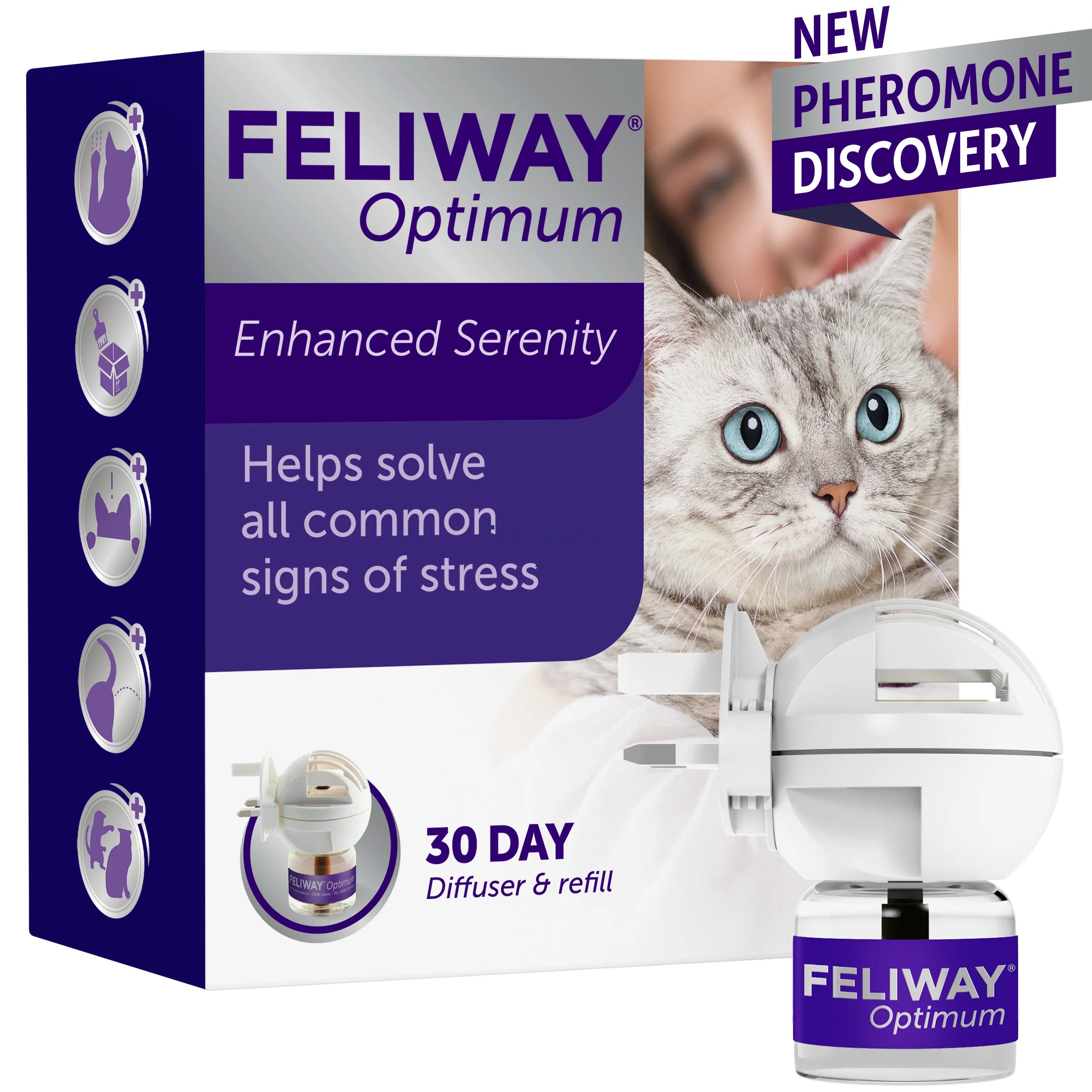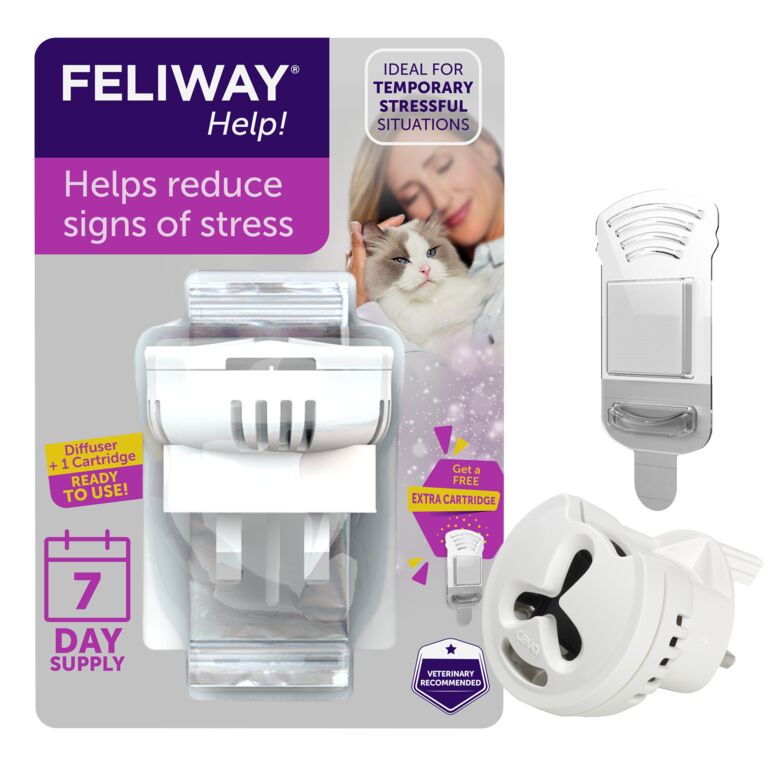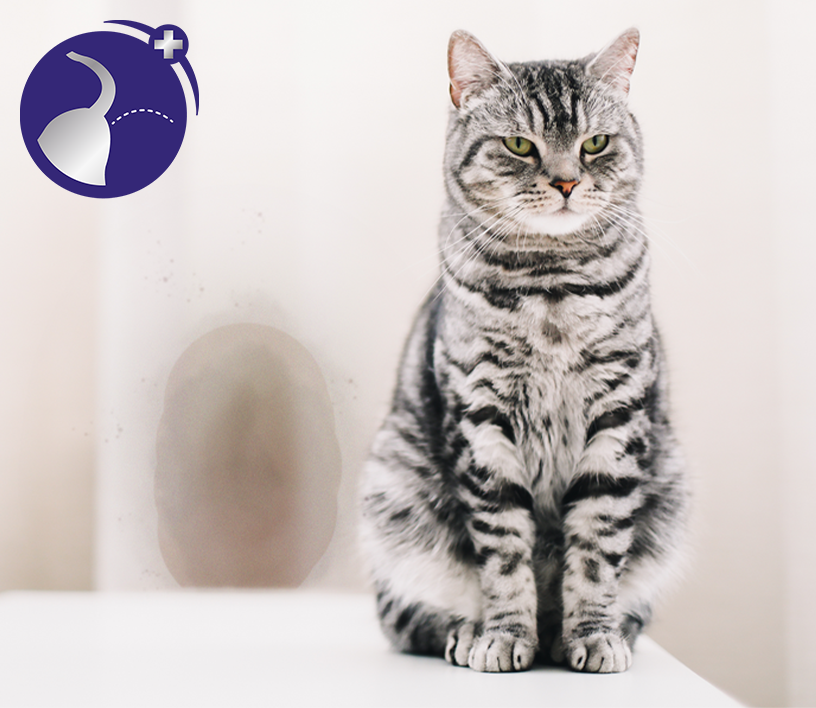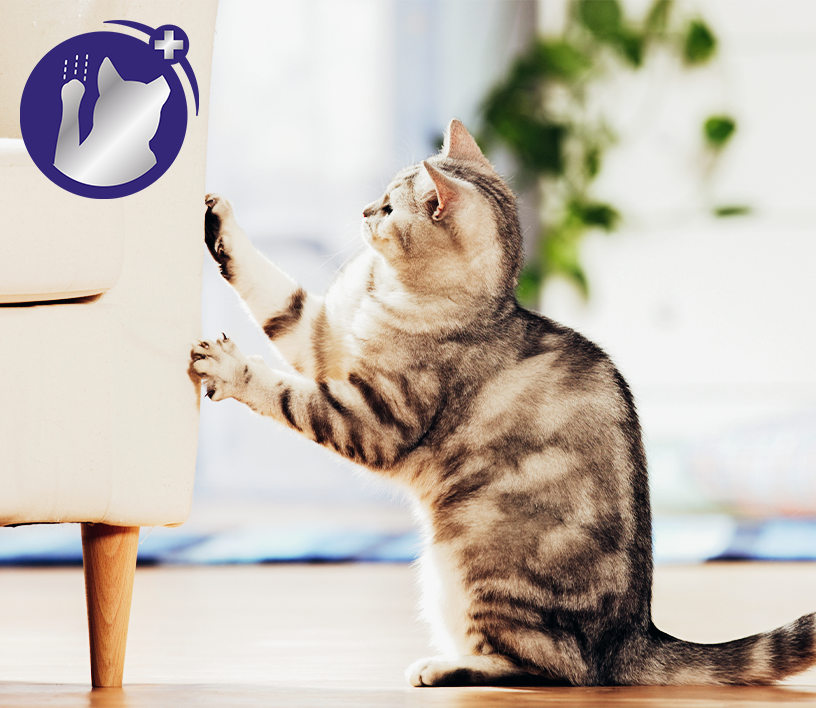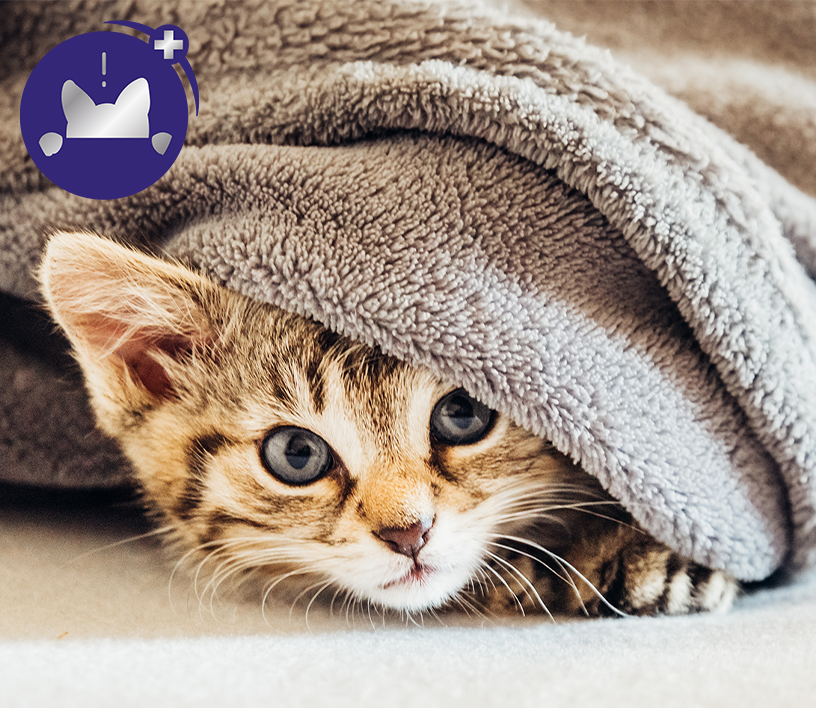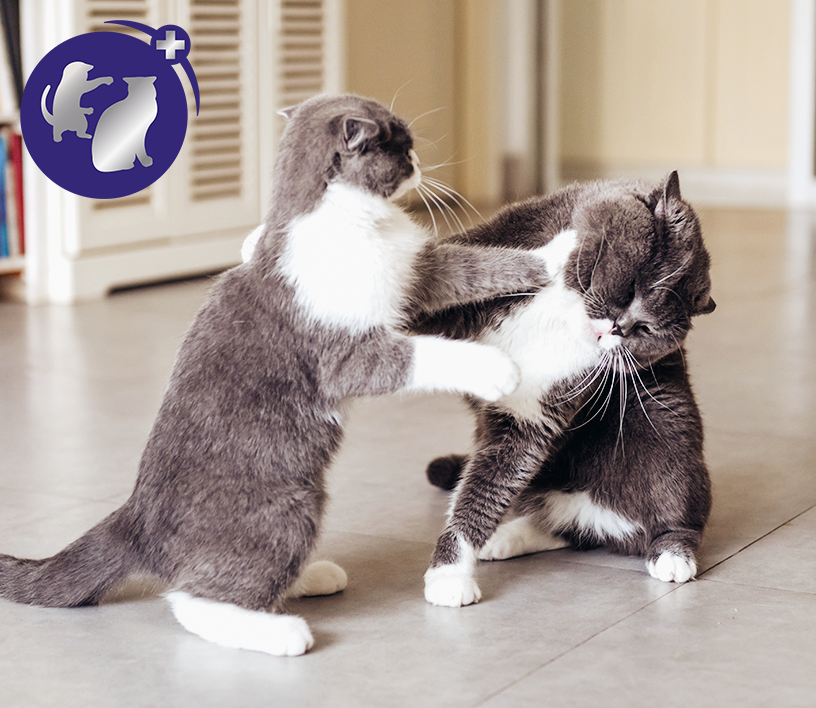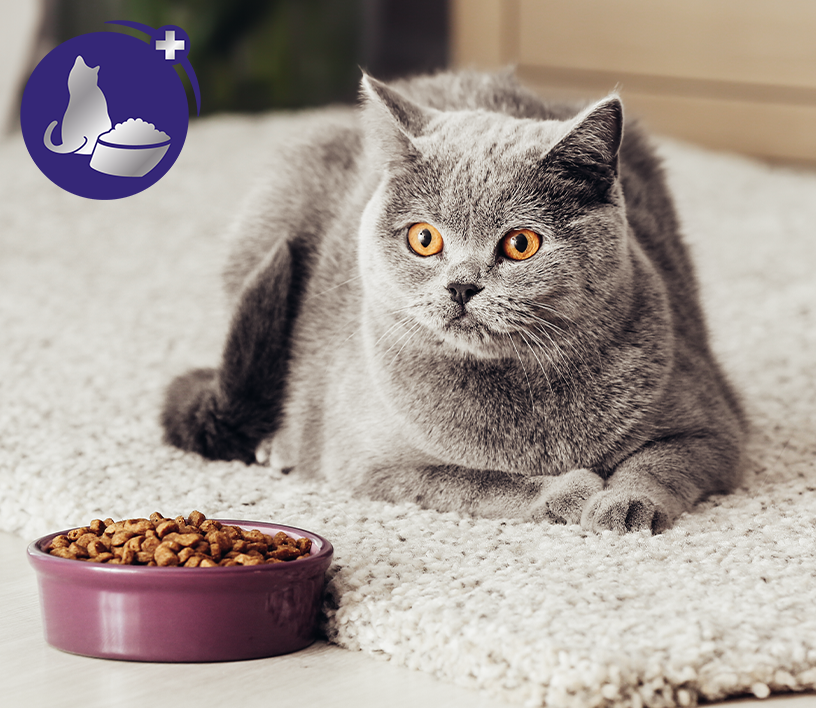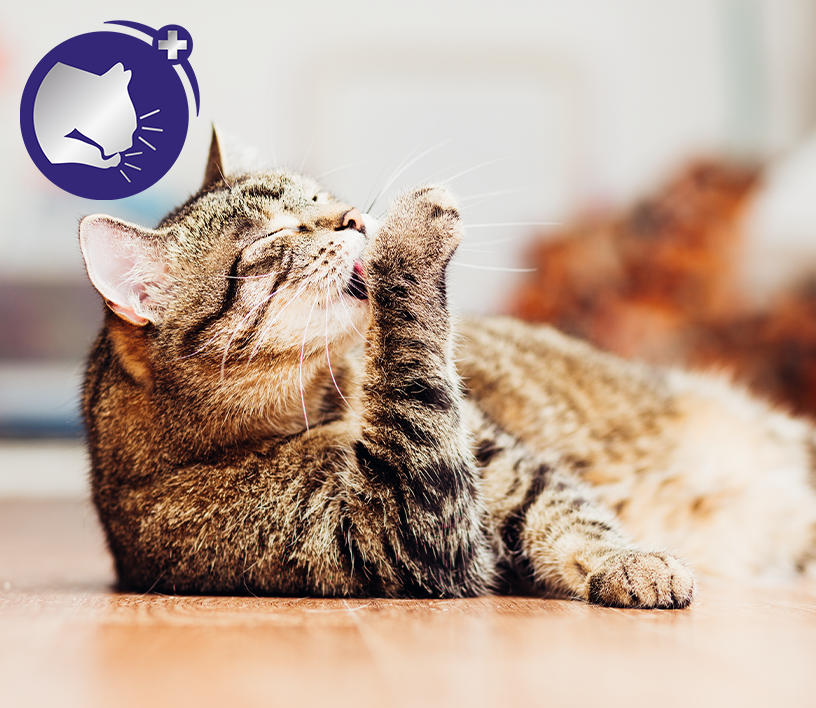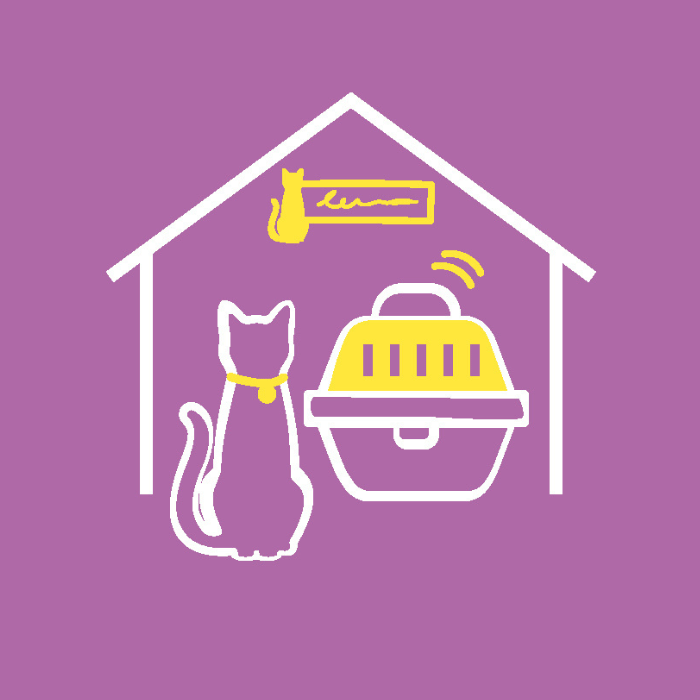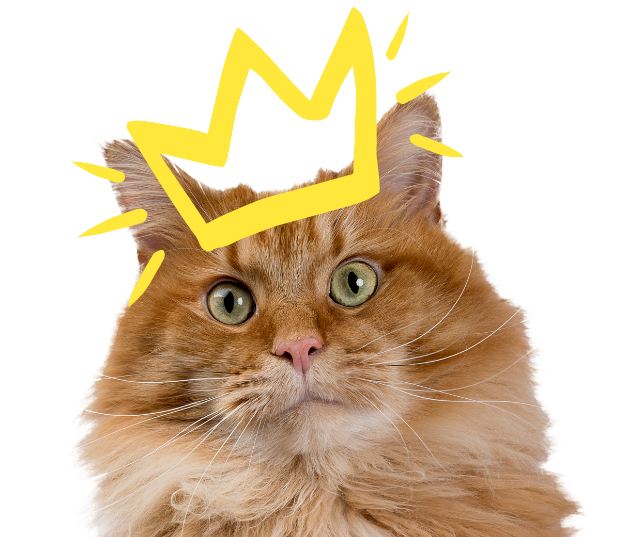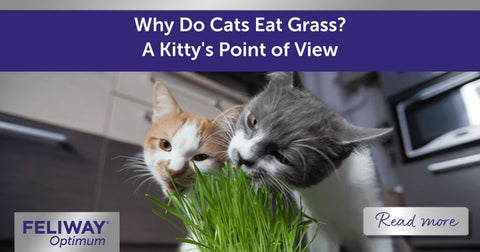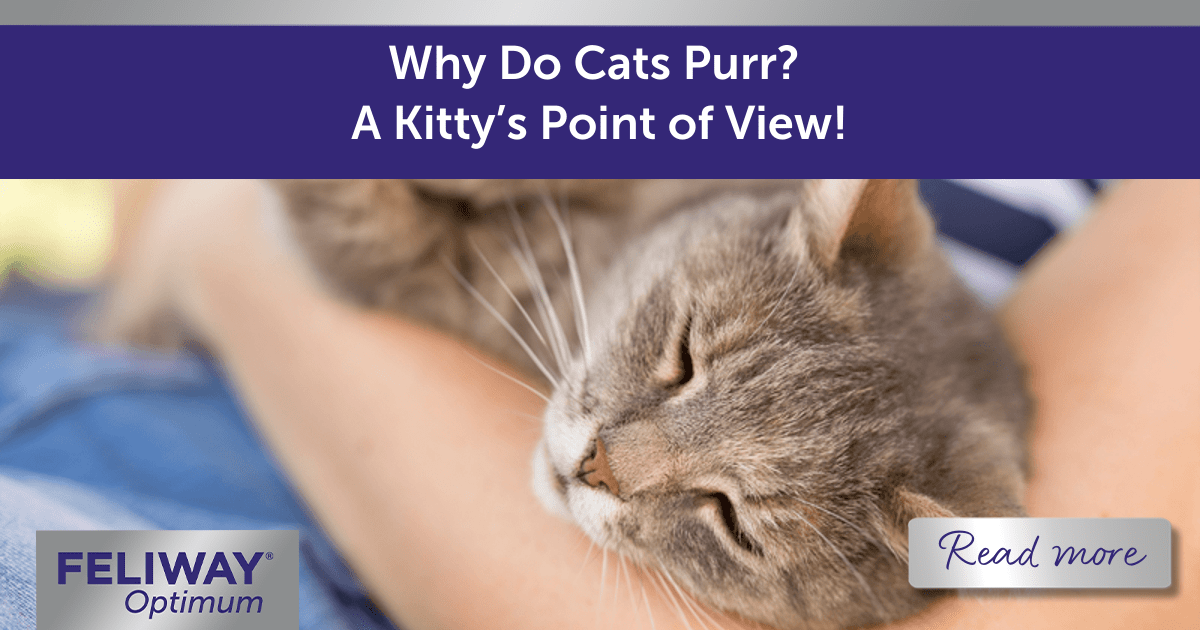
Why do Cats Purr? A Kitty's Point of View
Purring is a natural behaviour for us cats and a form of feline communication (like meowing); it’s mostly a sign that we are happy and content. But, before I tell you about why cats purr, did you know…
- Big cats don't purr! Purring and roaring are mutually exclusive, so lions, tigers, leopards and jaguars cannot purr, while every other cat can purr but not roar.
- It’s all linked to the larynx and the hyoid (which is bony in domestic cats). When air goes past the laryngeal muscles (which open and close the glottis) the larynx (including the hyoid bone) vibrates, and a low frequency noise is created – the purr. This happens when the cat breathes in and out, and the sound is almost continuous.
- In the case of big cats, the structures surrounding their larynx aren’t stiff enough to produce the vibration, so a roar is produced, rather than a purr.
- Other wild felines, such as cougars and bobcats, can’t roar, but they can purr.
- A cat’s purr is very special! So while other animals like guinea pigs make a sound like a purr, it isn't quite the same, and not continuous like a cat's purr.
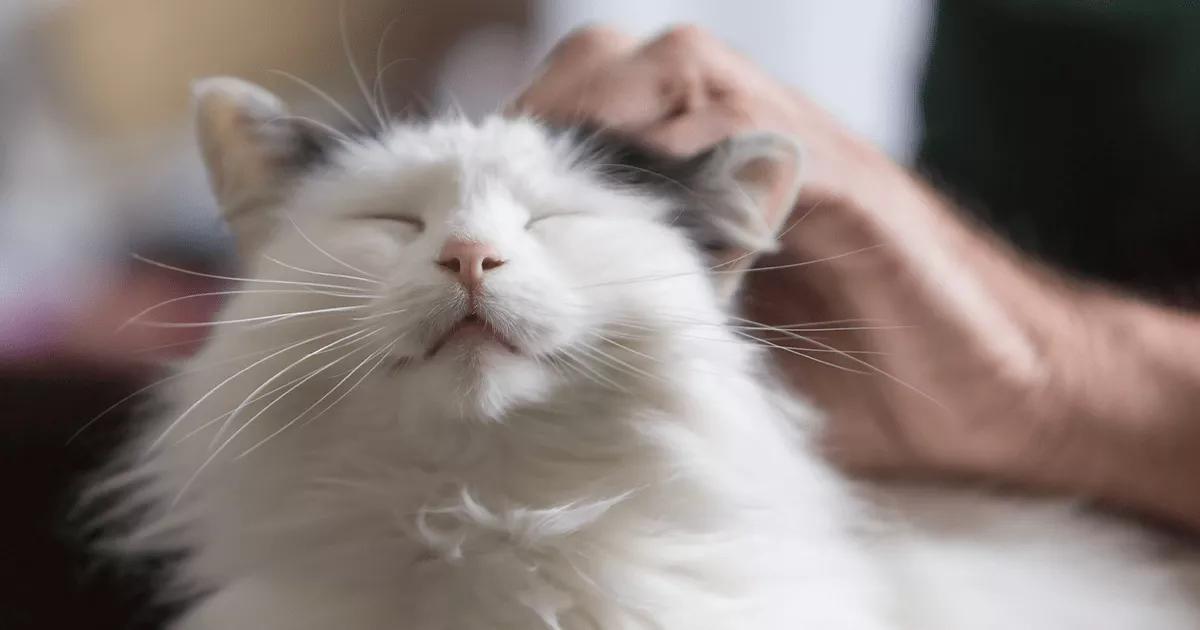
Why do cats purr?
Humans associate a purr with a contented, happy cat. While this is often the case, we also purr for other reasons – and to work out why we are purring, you have to put it into context and take into account our body language, too. For example:
We might be distressed
A purr that sounds almost like a meow could signal that we are distressed. This could be because of a sudden noise, or if we have experienced something stressful and we are trying to soothe ourselves – much like that nervous laugh that humans do when they are feeling uncomfortable.
Associated body language sign to look for: If your cat's ears are pointing in different directions (one to the side, one forward), their whiskers are facing forward and they have wide eyes, they may be feeling worried or concerned about their situation.
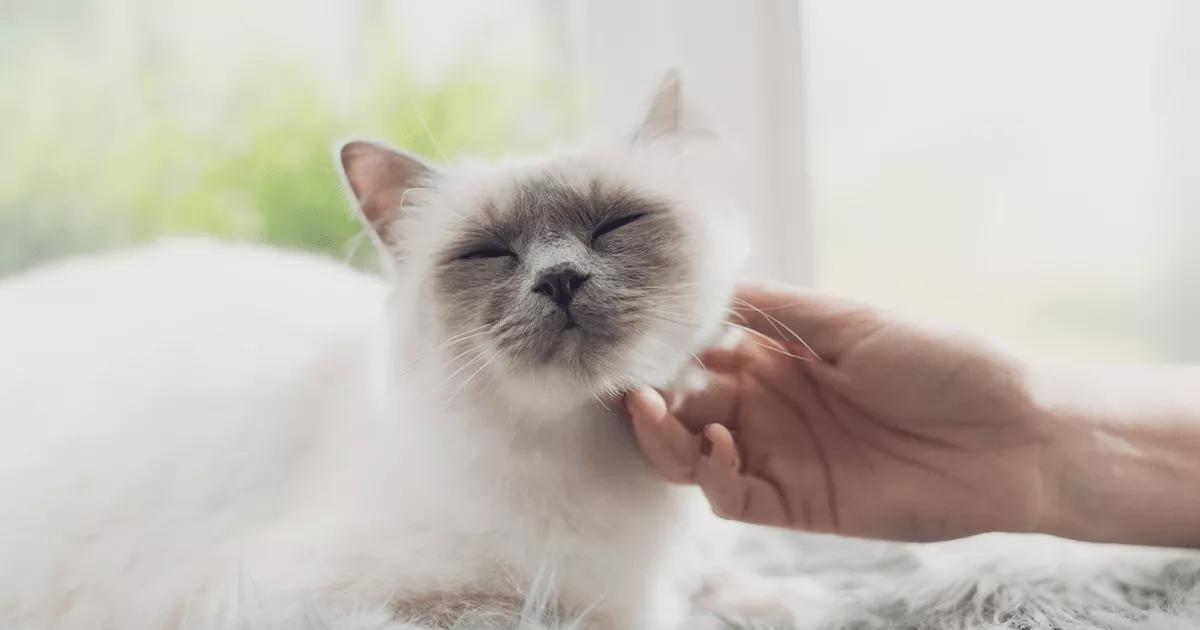
To get attention
If our purr has a slightly higher frequency, the chances are we are trying to get attention from you. This may be because we want you to open a door, or we might want feeding. This purr is more ‘urgent’ and encourages action – much like when a baby cries to get attention and pulls at your heartstrings!
Associated body language sign to look for: If you see your cat rubbing against you, and they are pacing a little, they may be trying to get your attention.
We are in pain
If you notice that we are purring more frequently, at an unusual time of the day, or it’s unsolicited by stroking/petting, this could indicate that there is something amiss – in which case, it is always wise to get us checked out by your vet. This is also the case if we stop purring altogether, especially when we would normally do so.
Associated body language sign to look for: If your cat’s tail is held to the side, perhaps moving from side to side, or if they are lying down and more reluctant to move than normal, this can be a sign they are not happy or are in pain.
We are relaxed
If we curl up beside you or on your lap, we may well just purr in contentment!
Associated body language sign to look for: Your cat's eyes could be closed or half-closed when they are feeling relaxed, and their ears will typically be facing forward with their whiskers relaxed, too.
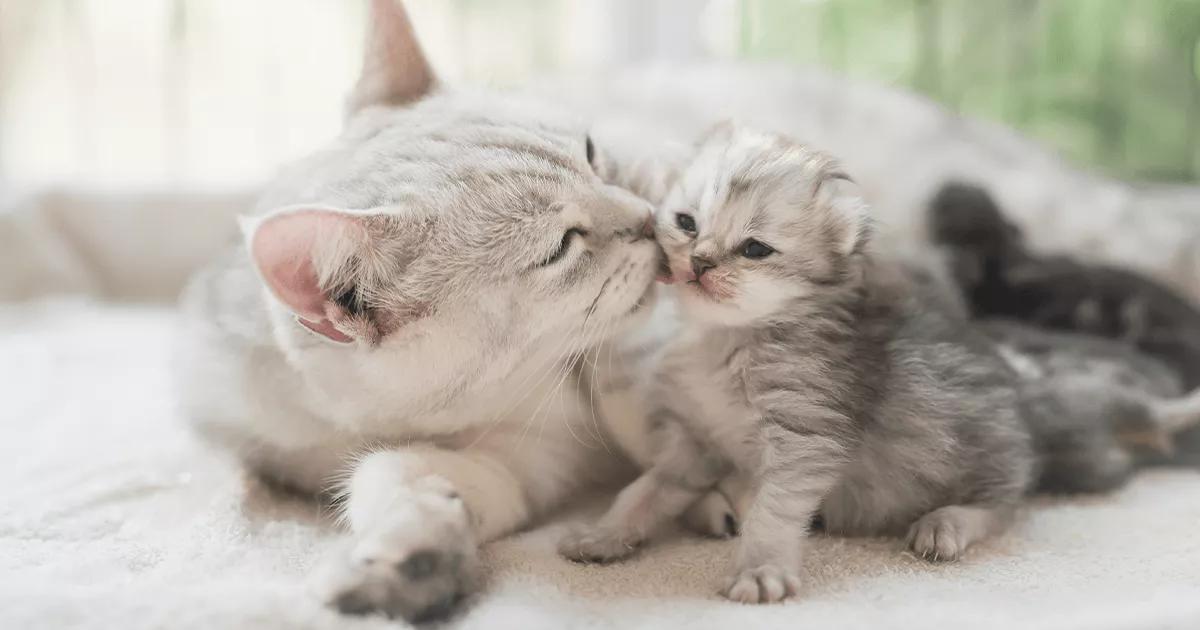
A kitten’s purr
When I had my litter of kittens, they started purring when they were a few days old, so that they could attract my attention and let me know they were hungry.
Get to know your cat’s body language so that you can look for other signs, and know exactly how we are feeling!
Is there a purrfect purr?
No! Just like humans, cats are all different, and that goes for our purr, too! Some cats have a very loud purr, others’ are very quiet and subtle – but you will get to know what is a ‘normal’ purr for your cat and, therefore, be able to determine whether they are happy, or whether you need to take action to help them.
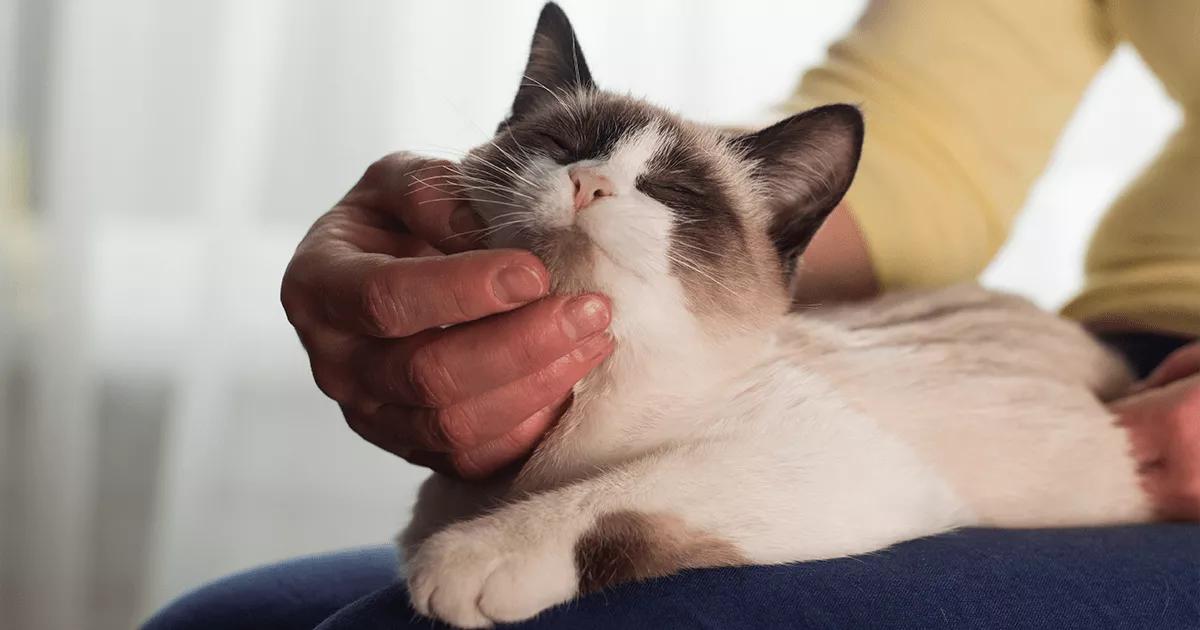
Fun facts
- The average cat’s purr measures around 25 decibels.
- Sometimes, the frequency of a purr is so low, it cannot be heard, but it can be felt. So when we are sitting on your lap, you may well feel us purring, but not hear us!
- Merlin, aged 13, who was adopted from a UK animal rescue centre, holds the Guinness World Record for the loudest purr, measuring 67.8 decibels, beating the previous record of 67.68 decibels set in 2011 by Smokey – another British cat.
- A cat’s purr can help a human feel calm and relaxed. No surprise there!







